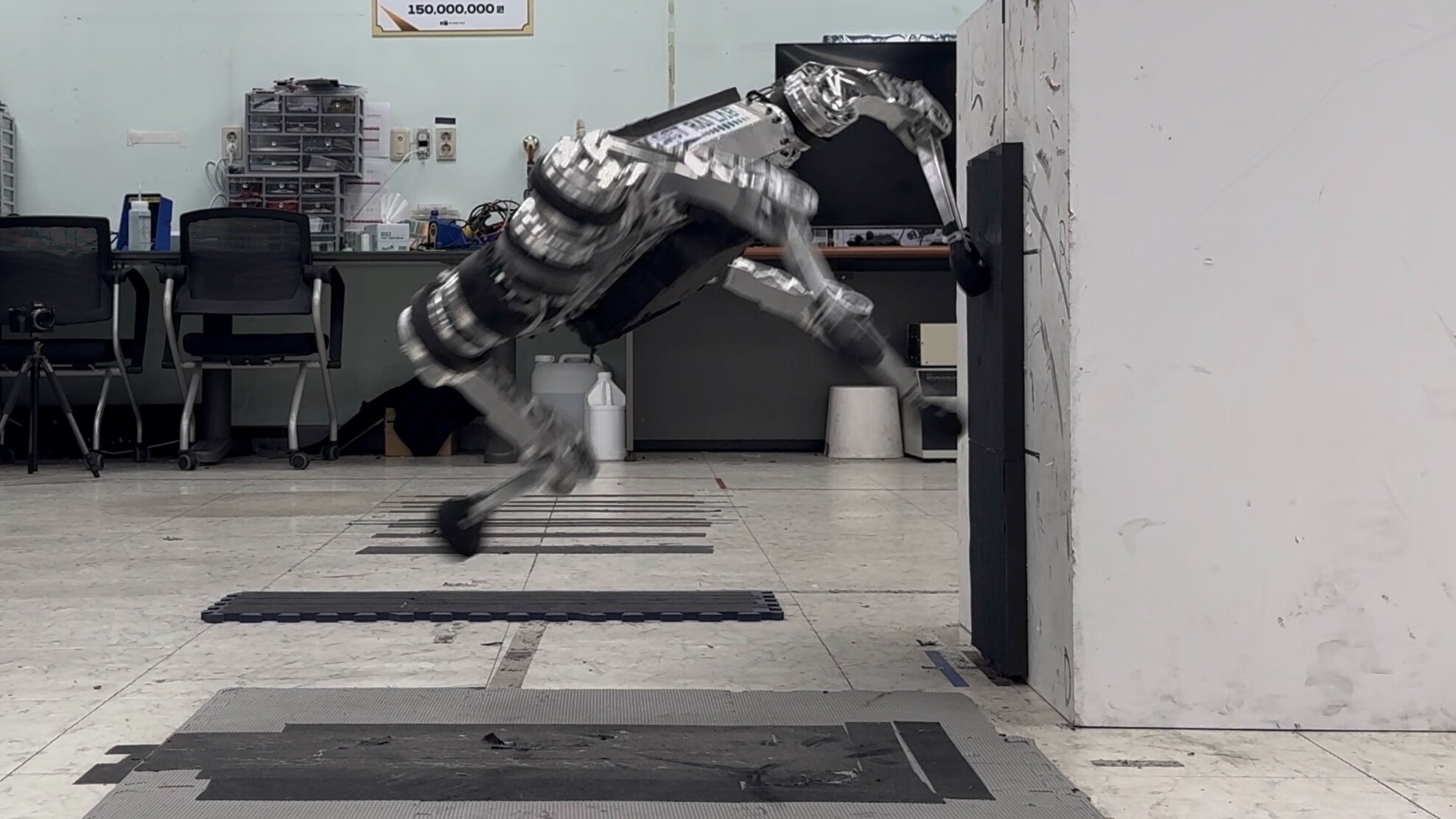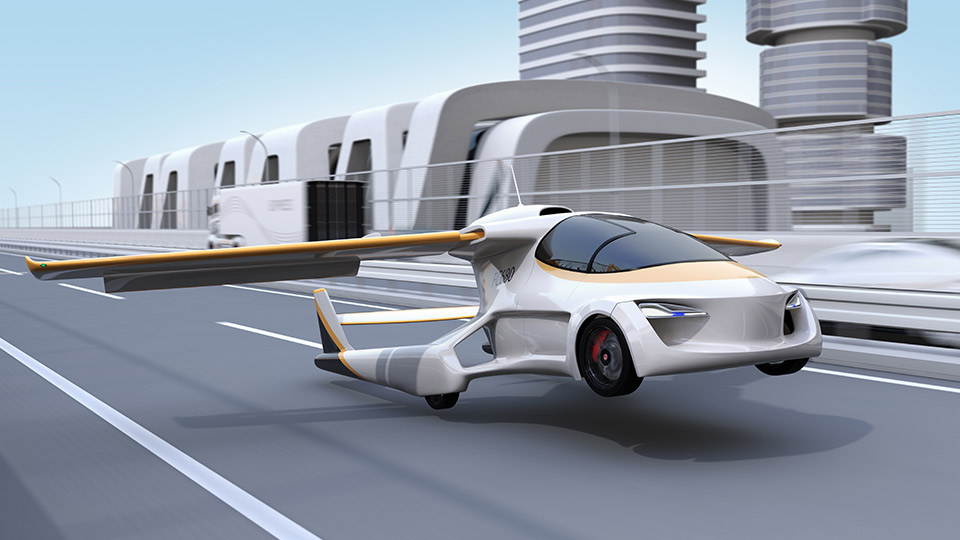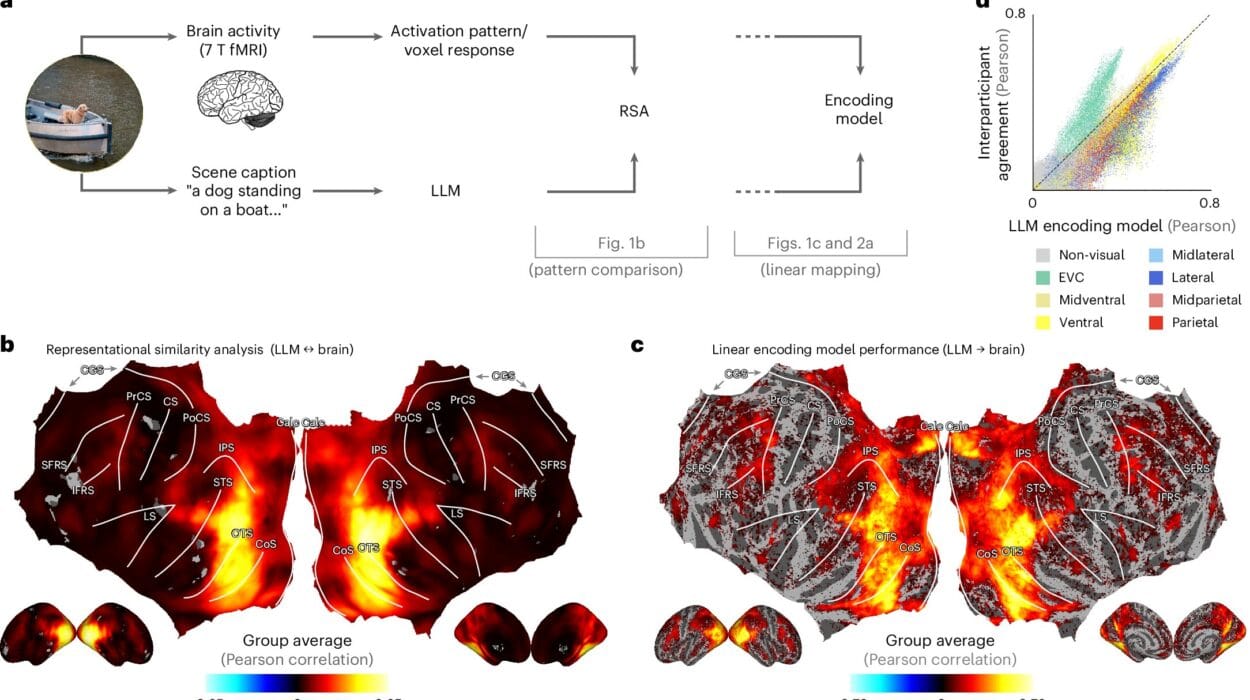In a quiet lab buzzing with computation and creativity, a team of roboticists and AI experts from the Robotics & Artificial Intelligence Lab in Korea has pulled off something that once lived in the realm of science fiction. Their creation, a four-legged robot affectionately named Raibo, isn’t just another machine with legs. It’s a groundbreaking feat of engineering capable of pulling off high-speed parkour maneuvers—bounding over obstacles, sprinting across rough terrain, and even scaling walls with the athletic grace of a trained freerunner.
Recently published in Science Robotics, their research doesn’t just represent a leap for Raibo—it’s a leap for robotics, artificial intelligence, and our understanding of how to teach machines to move with human-like dexterity in unpredictable environments.
Parkour: The Human Art Now Engineered for Robots
To appreciate what this team achieved, we first need to understand what parkour is. Born out of military obstacle course training and urban athleticism, parkour is the art of getting from one point to another as efficiently as possible—regardless of what lies in between. Practitioners leap from rooftop to rooftop, scale walls without ropes, and navigate dense urban landscapes using just their bodies and a well-honed sense of movement.
Translating that into robotics is not merely a matter of speed or strength—it requires intelligence, agility, balance, adaptability, and an uncanny ability to “read” the terrain in real time. In short, it demands a machine that not only moves, but thinks and reacts like a seasoned athlete.
Why Four Legs? A Nod to Evolution and Stability
The first design decision made by the Korean team was both intuitive and brilliant—they gave Raibo four legs. This might sound obvious, but most parkour-capable robots to date have relied on wheels or two-legged (bipedal) designs that mimic humans. While bipeds are interesting, they come with serious stability issues. Four legs offer a more balanced structure, a wider range of movement, and increased reliability on complex terrain.
Evolution got it right with mountain goats, cheetahs, and wolves—so the engineers took inspiration from nature. The quadrupedal design gives Raibo a stable platform to push off, pivot, leap, and land with precision. It also distributes weight evenly, allowing it to recover more easily from missteps—a crucial feature when you’re running up walls or jumping over 1.3-meter gaps.
Building Raibo’s Brain: The Dual Power of Planning and Tracking
Movement is one thing. Intelligent movement is another. Raibo doesn’t just react to obstacles—it predicts, plans, and adapts on the fly. At the heart of its motion is a cutting-edge control system with two distinct but deeply intertwined functions: planning and tracking.
The planner is powered by a specially trained neural network. This system was taught how to interpret terrain, forecast motion, and generate a constantly updating map of the environment. It’s like having a GPS that doesn’t just know where to go but also knows the best way to get there, factoring in the nuances of every surface and slope.
The tracker, on the other hand, is Raibo’s muscle memory. It tells the robot exactly how to move its legs and adjust its body for every action—when to bend, where to land, how hard to push. Together, these systems work like a parkour expert’s brain and body: evaluating options, reacting to changes, and executing complex moves in milliseconds.
A Constant Stream of Data: Seeing the World in Real Time
Raibo’s body is more than just mechanical parts—it’s a hive of sensors, cameras, and feedback systems. Data flows from its visual sensors and proprioceptive systems to the planner, which instantly interprets the surroundings. Think of it like giving the robot both eyesight and a sense of touch, allowing it to “feel” the ground beneath its feet and “see” upcoming obstacles.
The robot doesn’t rely on static maps or pre-programmed paths. Every move is made in the moment, based on real-time information. This level of autonomy is what sets Raibo apart from robots that simply follow a fixed script. It’s constantly improvising, adjusting its steps as terrain shifts—just like a human would when leaping between buildings or skimming the edge of a wall.
Putting Raibo to the Test: From Virtual Worlds to Real Terrain
Before letting Raibo loose in the physical world, the team ran extensive simulations to test every aspect of the robot’s behavior. These virtual trials allowed them to fine-tune the neural network, improve the robot’s balance algorithms, and refine its route-planning logic without risking physical damage.
Once confident in Raibo’s virtual abilities, they brought it into the lab and set up increasingly complex obstacle courses. Raibo didn’t just perform—it impressed.
It successfully ran vertically up short walls, jumped cleanly across 1.3-meter gaps (an impressive feat for its size), and maneuvered through stone-strewn terrain at a fast clip. It could ascend ramps, step over large boxes, and descend without losing balance. The fluidity and responsiveness of its movements demonstrated just how well its planner and tracker were working in concert.
The Evolution Continues: Meet Raibo 2
As with any high-tech innovation, one version is never enough. The team has already moved on to developing Raibo 2, an upgraded version aimed at expanding the robot’s abilities and making it even more robust.
What’s next for Raibo 2? Enhancements might include improved balance algorithms, more powerful processors for faster decision-making, greater flexibility in limb movement, or even new types of sensors to expand environmental awareness. Safety is also a top concern—ensuring that Raibo can make judgment calls to avoid risky actions or reroute if a jump becomes too dangerous.
Real-World Applications: Beyond Cool Tricks
While Raibo’s parkour skills are impressive, the broader implications are far more important. This isn’t about showing off—it’s about preparing robots for real-world tasks where agility, autonomy, and intelligence are non-negotiable.
Imagine search-and-rescue robots that can nimbly navigate earthquake rubble, reach trapped victims, or climb over collapsed infrastructure. Consider disaster response units that can assess danger zones too risky for humans. Visualize future exploration missions—on Earth or even other planets—where machines like Raibo can adapt on the fly, traverse uncharted landscapes, and survive environments far beyond human reach.
The military, too, has a vested interest in robots that can handle complex terrain with speed and stability. And in the future, such robots might help map hard-to-reach places, deliver supplies in difficult conditions, or inspect dangerous industrial facilities.
Intelligence in Motion: A New Frontier for AI
Raibo isn’t just a mechanical marvel. It represents a new era where intelligence and motion are fully integrated. For decades, AI has been largely confined to digital spaces—beating humans at chess, predicting traffic, writing poetry. Now, we are witnessing the emergence of intelligent machines that interact with the physical world, learn from it, and move through it with near-human grace.
And perhaps most exciting is what this means for the future of learning itself. Raibo doesn’t just “know” how to do parkour—it learned how. It absorbed knowledge through training, refined its skills through practice, and now uses that wisdom in real time. That’s not a scripted robot. That’s a thinking one.
Final Thoughts: More Than Metal and Code
In Raibo, we see a glimpse of tomorrow—a tomorrow where machines not only assist us but do so with intelligence, independence, and even elegance. The work done by the Korean team pushes the boundaries of what we believe robots can do, blending artificial intelligence with physical capability in unprecedented ways.
But beyond the gears, circuits, and algorithms, Raibo is a testament to human ingenuity. It is a mirror reflecting our desire to explore, to solve problems, and to push the limits of what’s possible. And if a robot can learn to run up a wall and leap like a parkour master, imagine what else is just around the corner.
Reference: Hyeongjun Kim et al, High-speed control and navigation for quadrupedal robots on complex and discrete terrain, Science Robotics (2025). DOI: 10.1126/scirobotics.ads6192






